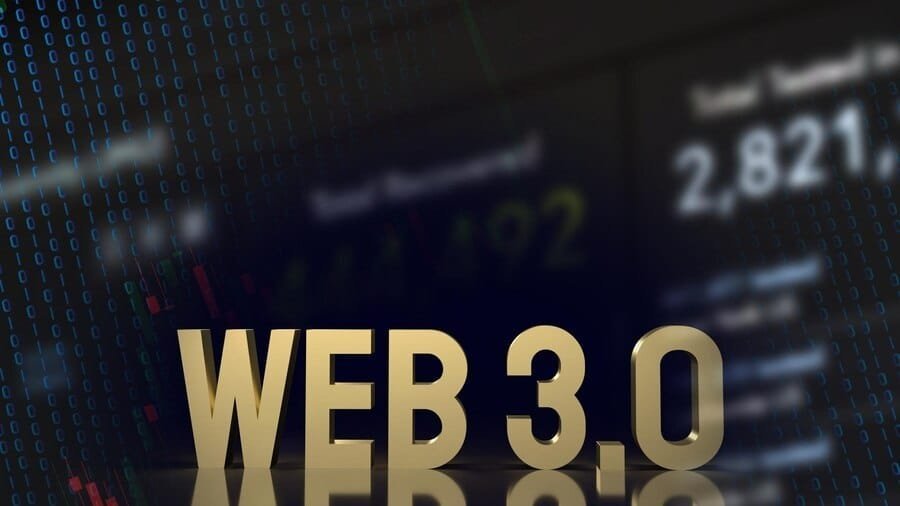“🔓 Unlock the Future with Web 3.0! Navigate this digital era for an enhanced user experience 💻. Let’s explore the future online! 🕹🚀”
Web 3.0 represents the next evolution of the internet, focusing on decentralization, enhanced user privacy, and data ownership through blockchain technology while enabling smarter, more intuitive applications powered by artificial intelligence.
Web 3.0 revolutionizes the digital landscape by enhancing user privacy, enabling decentralized applications, and fostering greater data ownership. As we move into the web 3.0 era, these advancements promote trust, collaboration, and innovative experiences in today’s interconnected online environment.
Understanding the Key Features of Web 3.0
The focus on the semantic web and artificial intelligence highlights their integration, enhancing data relationships and enabling machines to understand, interpret, and utilize information more effectively for improved user experiences and insights.
The emergence of decentralized systems in Web 3.0 is transforming the internet landscape, promoting user control and peer-to-peer interaction while reducing reliance on centralized authorities for data management and services.
Tailored user experiences in virtual realities enhance individual engagement by customizing interactions and environments. This personalization fosters deeper connections, making users feel more immersed and invested in their digital journeys and explorations.
Transitioning from Web 2.0 to Web 3.0
The key distinction between Web 2.0 and Web 3.0 lies in user interaction; while Web 2.0 emphasizes user-generated content, Web 3.0 focuses on decentralization, personalization, and intelligent data processing through artificial intelligence.
The internet has transformed significantly over the years, evolving from a basic communication tool into a vast network facilitating information exchange, social interactions, commerce, and innovation worldwide. It reshapes modern life continuously.
Web 3.0 showcases groundbreaking advancements, including decentralized applications, blockchain technology improvements, enhanced data privacy, user-centric interfaces, and AI integration—transforming how individuals interact online while promoting transparency and ownership in the digital ecosystem.
Unveiling New Opportunities with Web 3.0
Enhanced security and privacy with decentralization
Decentralization improves security and privacy by distributing data across multiple nodes, reducing vulnerability to attacks. This approach empowers users, minimizes single points of failure, and fosters a trust-based environment for information exchange.
Personalized and context-driven content
Customized and context-aware content focuses on delivering tailored information that resonates with individual preferences and situational relevance, enhancing user engagement while providing meaningful insights designed to cater specifically to diverse audiences.
Revolutionized business models due to blockchain
Blockchain technology has transformed traditional business models by enabling transparent transactions, decentralizing operations, and fostering trust among parties. This innovation enhances efficiency, reduces costs, and creates new opportunities in various industries.
Implementing Web 3.0 for Enhanced Digital Experience
Businesses can thrive in the Web 3.0 era by adopting enhanced decentralization, leveraging blockchain technology, prioritizing data privacy, engaging with communities, and harnessing AI to personalize customer experiences effectively.
Navigating potential obstacles in adopting Web 3.0 involves addressing technical complexities, ensuring user privacy and security, fostering interoperability among platforms, and promoting user education to facilitate a smoother transition for all stakeholders.
AI and machine learning significantly enhance digital experiences by personalizing content, optimizing user interactions, and enabling predictive analytics. They empower businesses to understand user behavior, ensuring more engaging and effective online environments.
The Future of the Digital World with Web 3.0
Future developments in Web 3.0 are expected to enhance decentralization, bolster privacy, and incorporate advanced AI. Innovations will empower users with greater control over data and facilitate seamless digital interactions across platforms.
Web 3.0 aims to bridge the digital divide by enhancing accessibility, empowering users through decentralized technologies, and fostering inclusivity. This evolution promotes equitable opportunities for underserved communities in the digital landscape.
The potential of Web 3.0 lies in its ability to enhance digital interactions, promoting decentralization, privacy, and user control through technologies like blockchain, ultimately transforming how we engage with online content.
FAQs
What is the Web 3.0 era?
Web 3.0 represents the next phase of internet evolution, emphasizing decentralized applications, user-controlled data ownership, and enhanced security through blockchain technology. It aims to create a more interconnected and intelligent online experience.
Are we in the Web 2.0 era?
Are we currently experiencing the Web 2.0 era? This period emphasizes user-generated content, social networking, and interactive platforms that encourage collaboration, transforming how individuals communicate and share information online.
Does Web 3.0 already exist?
Web 3.0 concepts are emerging, focusing on decentralized technologies and user empowerment. While foundational elements are in place, a fully realized Web 3.0 ecosystem is still developing and evolving continuously.
What is the Web 3.0 timeline?
Web 3.0’s timeline outlines the evolution of the Internet from its inception to the present, highlighting key developments like blockchain technology, decentralized applications, and user-centric platforms reshaping online interactions and digital ownership.
